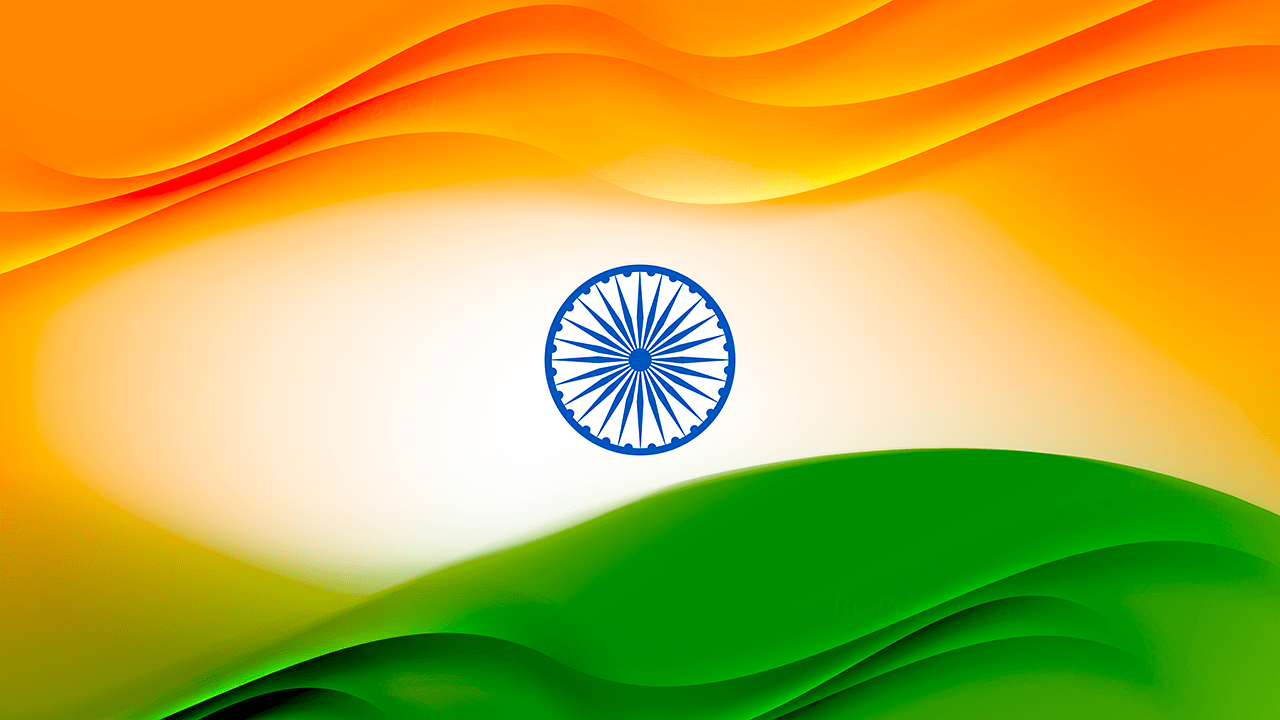
Membership
Please feel free to contact us for Membership. As of now the Membership is applicable only for law students.
Public interest Litigation (PIL) means litigation filed in a court of law, for the protection of “Public Interest”. Any matter where the interest of the public at large is affected can be redressed by filing a Public Interest Litigation in a court of law such as Pollution, Terrorism, Road safety, Constructional hazards, etc.
• The expression ‘Public Interest Litigation’ has been borrowed from American jurisprudence, where it was designed to provide legal representation to previously unrepresented groups like the poor, the racial minorities, unorganized consumers, citizens who were passionate about the environmental issues, etc.
• PIL is not defined in any statute or in any act. It has been interpreted by judges to consider the intent of the public at large. It is the power given to the public by courts through judicial activism. Read in detail on the Judicial Activism on the linked page. However, the person filing the petition must prove to the court’s satisfaction that the petition is being filed for public interest and not just as a frivolous litigation by a busy body.
• Some of the matters which are entertained under Public Interest Litigation are Neglected Children, Bonded Labour matters, Atrocities on Women, Non-payment of minimum wages to workers, exploitation of casual workers, food adulteration, Environmental pollution, and disturbance of ecological balance, Maintenance of heritage and culture, etc.
A Public Interest Litigation (PIL) is introduced in a court of law not by the aggrieved party but by a private party or by the court itself.
• PILs have become a potent tool for enforcing the legal obligation of the executive and the legislature.
• The chief objective behind PILs is ensuring justice to all and promoting the welfare of the people.
• It is generally used to safeguard group interests and not individual interests, for which Fundamental Rights have been provided.
• The Supreme Court of India and the High Courts have the right to issue PILs.
• The concept of PILs stems from the power of judicial review.
• The concept of PILs has diluted the principle of locus standi, which implies that only the person/party whose rights have been infringed upon can file petitions.
• It has most ideally and commonly been used to challenge the decisions of public authorities by judicial review, to review the lawfulness of a decision or action, or a failure to act, by a public body.
• PILs have played an important role in India’s polity. They have been responsible for some landmark judgements in India such as the banning of the instant triple talaq, opened up the doors of the Sabarimala and the Haji Ali shrines to women, legalised consensual homosexual relations, legalised passive euthanasia, and so on.
Procedure to File PIL in India
Any Indian citizen or organisation can move the court for a public interest/cause by filing a petition:
• In the SC under Article 32
• In the High Courts under Article 226
The court can treat a letter as a writ petition and take action on it. The court has to be satisfied that the writ petition complies with the following: the letter is addressed by the aggrieved person or a public-spirited individual or a social action group for the enforcement of legal or constitutional rights to any person who, upon poverty or disability, are not able to approach the court for redress. The court can also take action on the basis of newspaper reports if it is satisfied with the case.

Please feel free to contact us for Membership. As of now the Membership is applicable only for law students.